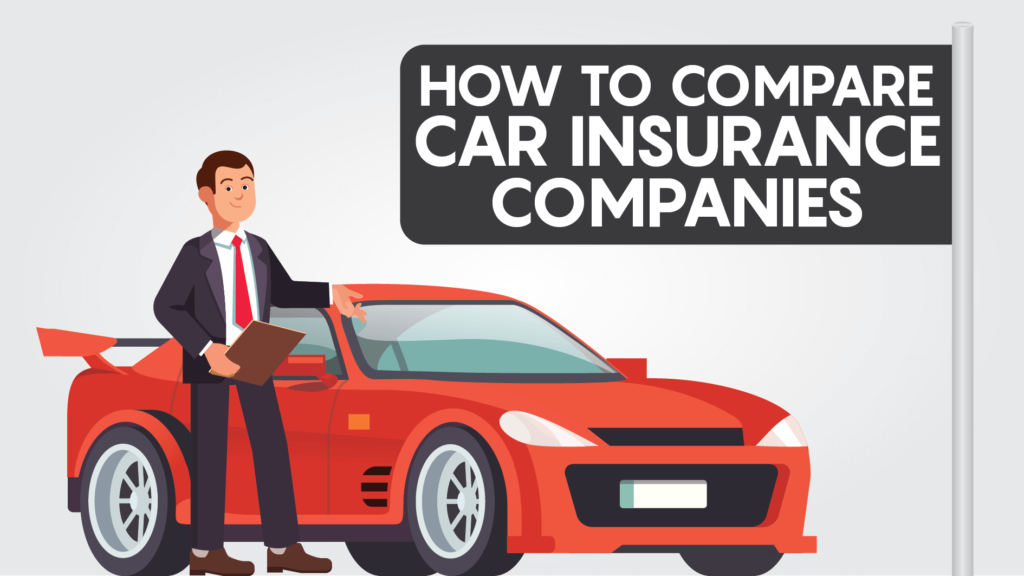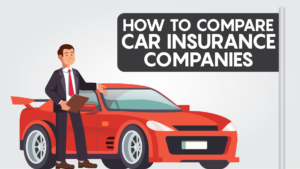Everyone wants to pay less for car insurance—but not at the expense of protection. After all, what’s the point of having a low premium if your policy won’t help you when you really need it? The good news is, there are proven strategies to lower your car insurance costs without sacrificing the coverage you rely on.
In this ultimate guide, we’ll walk you through how to get truly affordable car insurance while still maintaining strong, comprehensive protection.
Why You Shouldn’t Just Chase the Lowest Price
Before we dive into tips, here’s a truth bomb: the cheapest policy isn’t always the best policy.
Many drivers make the mistake of choosing minimal liability coverage or skipping comprehensive protection altogether—just to save a few bucks per month. But if you get into an accident, you could be left:
- Paying thousands in out-of-pocket expenses
- Unprotected against uninsured drivers
- Without a rental car or roadside help when you need it most
Instead, the goal is to reduce your premium strategically, not recklessly.
Step 1: Understand What You’re Paying For
Most drivers pay for:
- Liability Coverage – Covers injury/damage you cause to others.
- Collision Coverage – Pays to repair your vehicle after a crash.
- Comprehensive Coverage – Covers non-crash-related events like theft or weather damage.
- Medical Payments or PIP – Covers your injuries and medical bills.
- Uninsured/Underinsured Motorist – Protects you if the other driver can’t pay.
When you know what each type of coverage does, you can make smart adjustments, not risky ones.
Step 2: Shop Around—Yes, It Still Works
According to a 2023 NerdWallet study, drivers who compare quotes from at least three providers save an average of $560 per year.
Use online quote tools from:
- The Zebra
- Compare.com
- Gabi
- Policygenius
💡 Tip: Always compare quotes for the same coverage amounts and deductibles. Otherwise, you’re not making a true comparison.
Step 3: Increase Your Deductible (Only If You Can Afford It)
A higher deductible = a lower monthly premium.
For example:
- A $500 deductible might cost you $115/month
- A $1,000 deductible could drop it to $90/month
That’s nearly $300/year in savings.
👉 BUT: Only raise your deductible if you can comfortably afford to pay it out of pocket after an accident.
Step 4: Look for Vehicle-Specific Discounts
Your car’s features can unlock savings. You may qualify for discounts if your vehicle has:
- Anti-lock brakes
- Airbags
- Anti-theft systems
- Lane departure or collision warning systems
- GPS tracking devices
Call your provider and ask about all available safety-related discounts—they’re often overlooked.
Step 5: Enroll in a Safe Driver or Telematics Program
Most major insurers now offer usage-based insurance (UBI) programs. These track your driving via an app or plug-in device. You could save 10% to 40% just by driving safely.
Programs include:
- Snapshot by Progressive
- Drive Safe & Save by State Farm
- Drivewise by Allstate
- SmartRide by Nationwide
These programs monitor:
- Speed
- Hard braking
- Time of day you drive
- Miles driven
If you’re a responsible driver, this is one of the easiest ways to save big without losing coverage.
Step 6: Bundle Policies to Maximize Savings
Bundling = having more than one policy with the same provider (e.g., home + auto, renters + auto).
Benefits:
- Premium discounts up to 25%
- One bill and renewal date
- Easier customer service experience
Most major carriers—like GEICO, State Farm, and Allstate—offer bundling discounts. It’s one of the most effective ways to reduce costs without cutting any coverage.
Step 7: Remove Unnecessary Add-Ons
Some policies include extras you don’t need. Review your policy and look for things like:
- Duplicate roadside assistance (already included with AAA or a credit card)
- Rental car coverage (not needed if you already have a spare vehicle)
- Glass coverage (may not be cost-effective for older vehicles)
Eliminating these small extras can shave off $5–$20 per month while keeping your core coverage intact.
Step 8: Maintain a Strong Credit Score
In most states, your credit score directly impacts your insurance rates. Drivers with higher credit scores can pay up to 30% less for the same coverage.
Steps to improve your credit:
- Pay bills on time
- Keep credit card balances low
- Check your report for errors (and dispute them)
- Don’t open too many new accounts quickly
It might take a few months, but it can result in hundreds of dollars in long-term savings.
Step 9: Choose a Vehicle That’s Cheaper to Insure
Some cars are just more affordable to insure than others. Here’s what drives the cost:
- Repair cost: Luxury and sports cars are expensive to fix.
- Theft rates: Frequently stolen models cost more to insure.
- Safety ratings: Safer cars = lower premiums.
- Engine size: High-performance engines usually raise premiums.
If you’re in the market for a car, consider insurance costs as part of your buying decision.
Cheaper-to-insure vehicles include:
- Subaru Outback
- Honda CR-V
- Toyota Corolla
- Mazda CX-5
Step 10: Reevaluate Your Policy Annually
Too many people let their car insurance auto-renew without reviewing it. Every year, take 30 minutes to:
- Review your coverage needs
- Check for new discounts or rate changes
- Compare quotes again (even if you’re happy with your current provider)
Loyalty doesn’t always pay in the insurance world. Shopping around yearly is one of the best habits you can build.
Bonus Tip: Work with an Independent Agent
If comparing quotes and analyzing coverage sounds overwhelming, you can work with an independent insurance agent. These pros:
- Aren’t tied to one company
- Can compare dozens of providers
- Know which companies offer the best rates for your profile
Unlike “captive agents” who only sell for one insurer (e.g., a State Farm agent), independents give you more options—and often at better prices.
Case Study: Real-Life Example
Meet Sarah, a 34-year-old teacher living in Ohio. She was paying $152/month for car insurance with a well-known provider.
After doing the following:
- Shopped quotes on The Zebra
- Increased her deductible from $500 to $1,000
- Joined Progressive’s Snapshot program
- Removed redundant roadside assistance
- Qualified for a bundling discount with her renters policy
She dropped her premium to $91/month—a savings of $732 per year—without reducing her core coverage.
Things You Should Never Cut to Save Money
It’s okay to look for savings—but some coverage should never be sacrificed, no matter how tight your budget is:
✅ Adequate Liability Coverage
Bare minimums often aren’t enough. If you cause a serious accident, you could be on the hook for hundreds of thousands of dollars.
Aim for 100/300/100 limits ($100k per person, $300k per accident, $100k for property damage) if you can afford it.
✅ Uninsured/Underinsured Motorist Coverage
About 1 in 8 drivers in the U.S. are uninsured. This coverage protects you, and it’s especially important in states with lots of uninsured drivers.
✅ Medical Payments or PIP
Even with health insurance, this can help cover co-pays, deductibles, and lost wages.
✅ Comprehensive and Collision (for newer vehicles)
If your car is financed or newer than 8 years, don’t drop these. Otherwise, you’ll be stuck paying out of pocket if your car is stolen or totaled.
Final Thoughts: Affordable Doesn’t Mean Underinsured
Finding cheap car insurance is absolutely possible—but the real win is keeping solid protection while trimming the fat. When you follow the steps in this guide, you’ll find savings without increasing your financial risk.
🔁 Recap: 10 Steps to Cheap Insurance with Full Coverage
- Know your coverage options
- Compare quotes regularly
- Raise your deductible (smartly)
- Maximize car-related discounts
- Join telematics or safe driving programs
- Bundle with other policies
- Eliminate redundant add-ons
- Improve your credit score
- Drive a cheaper-to-insure vehicle
- Review your policy every year


